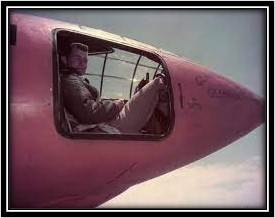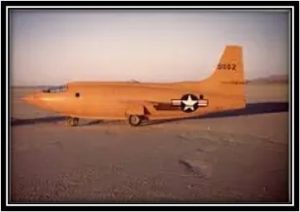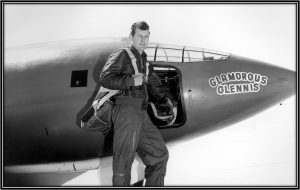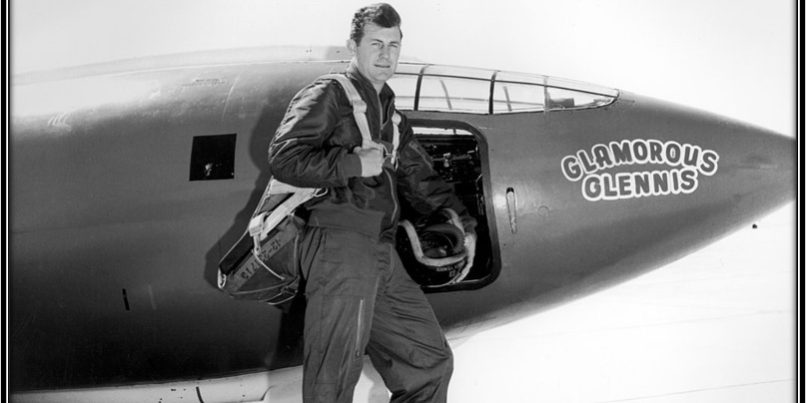This Day in Aviation History: First Person to Break the Sound Barrier in 1947
Contributor: Barry Fetzer
Sources: Wikipedia, History.com
A toast one may hear from time-to-time in aviation circles is, “Live fast, die young, and have a good-looking corpse.” Chuck Yeager may have made that toast a time or two, but as a historian I can attest to the fact that he did not die young. I cannot, however, historian or otherwise, speak to the attractiveness of his corpse. But he certainly lived fast, being the first person to break the sound barrier. I’d bet he caused his share of sonic booms, too.
As kids, we would routinely hear sonic booms, booms that would startle us, I recall, growing up in northern Ohio. Not so much anymore. Why is that?
According to Wikipedia, “A sonic boom is a sound associated with shock waves created when an object travels through the air faster than the speed of sound. Sonic booms generate enormous amounts of sound energy, sounding similar to an explosion or a thunderclap to the human ear. The crack of a supersonic bullet passing overhead or the crack of a bullwhip are examples of a sonic boom in miniature. Sonic booms caused large, supersonic aircraft can be particularly loud and startling, tend to awaken people, and may cause minor damage to some structures. This led to the prohibition of routine supersonic flight overland. Although sonic booms cannot be completely prevented, research suggests that with careful shaping of the aircraft, the nuisance due to sonic booms may be reduced to the point that overland supersonic flight may become a feasible option.”
I’m sure Californian’s were “sonic boomed” by Chuck Yeager before the prohibition of exceeding the speed of sound overland was enacted. According to History.com, “On October 14, 1947, U.S. Air Force Captain Chuck Yeager became the first person to fly faster than the speed of sound.
“Yeager, born in Myra, West Virginia, in 1923, was a combat fighter during World War II and flew 64 missions over Europe. He shot down 13 German planes and was himself shot down over France, but he escaped capture with the assistance of the French Underground. After the war, he was among several volunteers chosen to test-fly the experimental X-1 rocket plane, built by the Bell Aircraft Company to explore the possibility of supersonic flight.

Yeager crammed into the cockpit of the Bell X-1

The Bell X-1
Courtesy Smithsonian Institution Air and Space Museum.
“For years, many aviators believed that man was not meant to fly faster than the speed of sound, theorizing that transonic drag rise would tear any aircraft apart. All that changed on October 14, 1947, when Yeager flew the X-1 over Rogers Dry Lake in Southern California. The X-1 was lifted to an altitude of 25,000 feet by a B-29 aircraft and then released through the bomb bay, rocketing to 40,000 feet and exceeding 662 miles per hour (the sound barrier at that altitude). The rocket plane, nicknamed “Glamorous Glennis” (after Yeager’s wife), was designed with thin, unswept wings and a streamlined fuselage modeled after a .50-caliber bullet.

Chuck Yeager in front of the X-1 that he nicknamed the Glamorous Glennis after his wife. Courtesy USAF.
“Reports of the flight leaked to the press in December 1947, but because of the secrecy of the project, Bell and Yeager’s achievement was not officially confirmed until June 1948. Yeager continued to serve as a test pilot, and in 1953 he flew 1,650 miles per hour in an X-1A rocket plane. He retired from the U.S. Air Force in 1975 with the rank of brigadier general. Yeager died on December 7, 2020, at age 97.”
Onward and upward!







